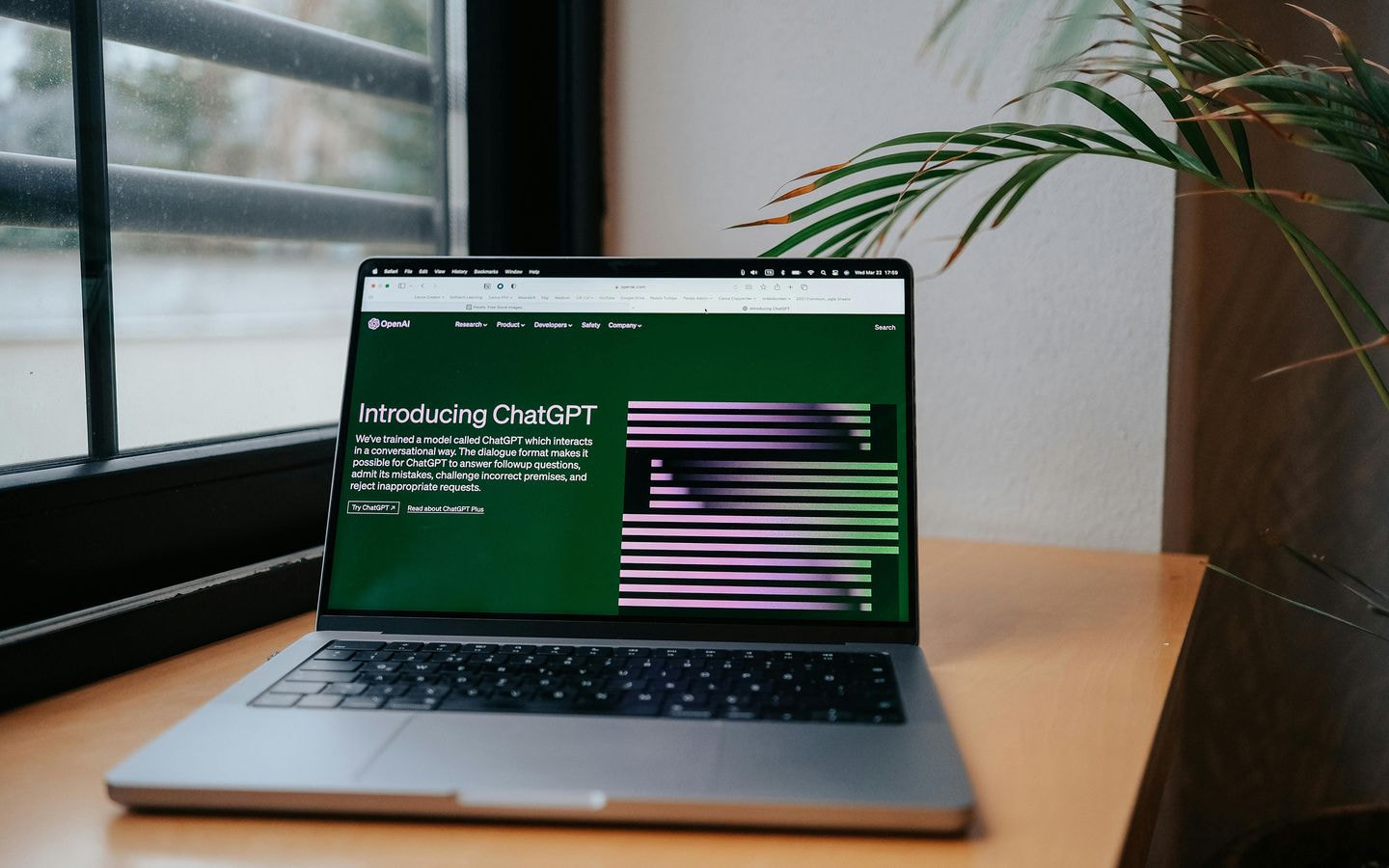Table of contents
Learn how to write prompts for AI art that work consistently across tools like Midjourney, DALL·E, Stable Diffusion, and more. Whether you use AI image generators, art tools, or a free AI art generator, you’ll learn how to generate images that match your creative goals and platform needs.
This guide breaks down AI art prompt structure, gives AI image prompt tips, shows art prompt examples, and helps you go from idea to merch, mockups, or just better AI images.
Key takeaways
-
Be specific with your prompt. Descriptive words about the subject, setting, and artistic style will help the AI generate usable, high-quality images.
-
Use style references to guide the look and feel. Mentioning an artistic style, art movement, or artists in your image prompts helps the AI follow a particular artistic direction.
-
Add modifiers to control the output. Terms like “8K resolution” or “vector graphic” help fit your AI art to platforms like Etsy or Redbubble.
-
Don’t settle for your first result. Great images usually take multiple iterations of a text prompt. Each revision improves realism, emotion, and layout.
-
Not all AI art generators let you sell images. Always check licensing terms before using art for commercial projects.
The anatomy of an effective AI art prompt
An effective AI art prompt is detailed, clear, and gives strong creative direction. Here are 5 key parts to creating a prompt that all AI image generators will understand.
Here’s an AI art prompt formula you can copy:
[Subject + Action] + [Style/Artistic Influence] + [Mood] + [Lighting] + [Composition/Framing] + [Modifiers]
1. Define the subject and action
When you write AI art prompts, start with the main subject – who or what is in your image? Then give it a setting and a little action.
Ask yourself:
-
What is the subject doing?
-
Where is it?
-
What’s the setting or mood?
Instead of: “A cat,” write “a fluffy orange cat sleeping in a sunlit window with flowers on the sill.”
Detailed AI art prompts with descriptive language generate more accurate and useful visuals, especially if you’re designing for products or branding.
2. Add style or artistic influence
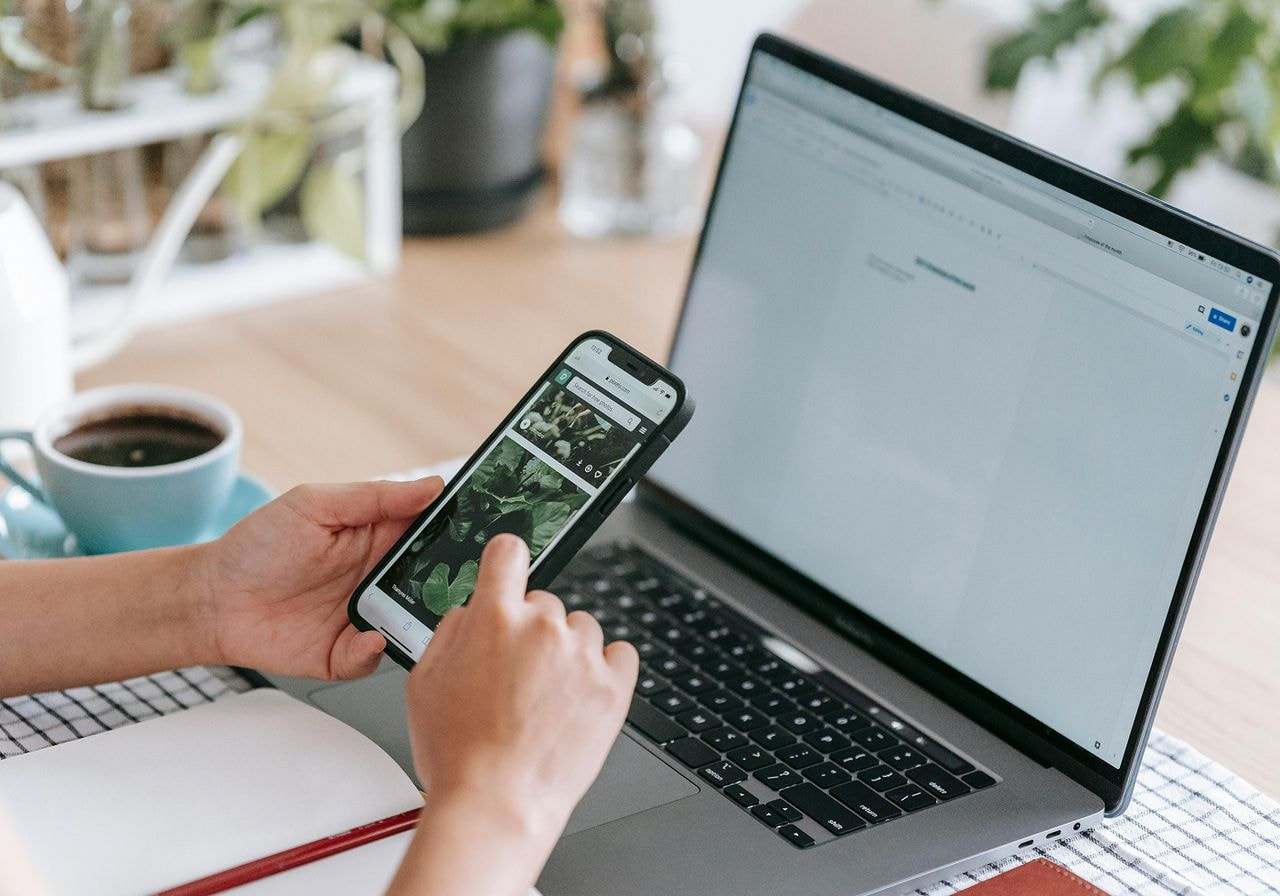
Style directs the AI on how your image should look and feel. When you prompt AI, clarify the artistic style you’re going for – this adds personality and visual coherence to the AI art generation.
To guide style effectively, include:
-
Art movements: Impressionism, surrealism, cubism, vaporwave
-
Mediums: oil painting, watercolor, pencil sketch, vector art
-
Artist references: “in the style of Van Gogh,” “like a Studio Ghibli animation”
-
Cultural or time-based aesthetics: 80s retro, medieval, cyberpunk
Layer these with your subject to steer the final look. For instance:
Example prompt: “A futuristic samurai in glowing armor, standing in the rain, cyberpunk style, digital painting, inspired by Blade Runner.”
This tells the AI exactly what mood, composition, and visual tone to target: ideal for creating standout designs for branding or products.
3. Set mood, lighting, and color
Mood and lighting shape the emotional tone and style of your image. Color palette ties everything together visually.
Add details like:
-
Mood: tranquil, chaotic, romantic, mysterious
-
Lighting: soft backlight, harsh spotlight, glowing edge light, ambient shadows
-
Color: pastel tones, neon accents, grayscale, warm or cool contrasts
These details push AI toward a specific vibe or atmosphere for art generation – it deepens your storytelling.
Example prompt: “A peaceful forest trail at dawn, with mist and warm sunrise tones filtering through the trees.”
4. Describe composition and framing
AI art composition refers to how elements are arranged in the frame. Framing decides what the viewer notices first. Think like a photographer or a cinematographer – placement, perspective, and crop all change the story.
Details to include:
-
Camera position: overhead, side view, close-up, distant shot
-
Aspect ratio: square (1:1), vertical (9:16), cinematic (16:9)
-
Framing terms: centered subject, rule of thirds, off-center focus
-
Lens types: 35mm for realism, fisheye for distortion, macro for detail
Example prompt: “Close-up of hands painting, top-down view, natural light.”
Strong image composition makes your AI-generated image more dynamic and usable for digital products.
5. Use extra modifiers and keywords
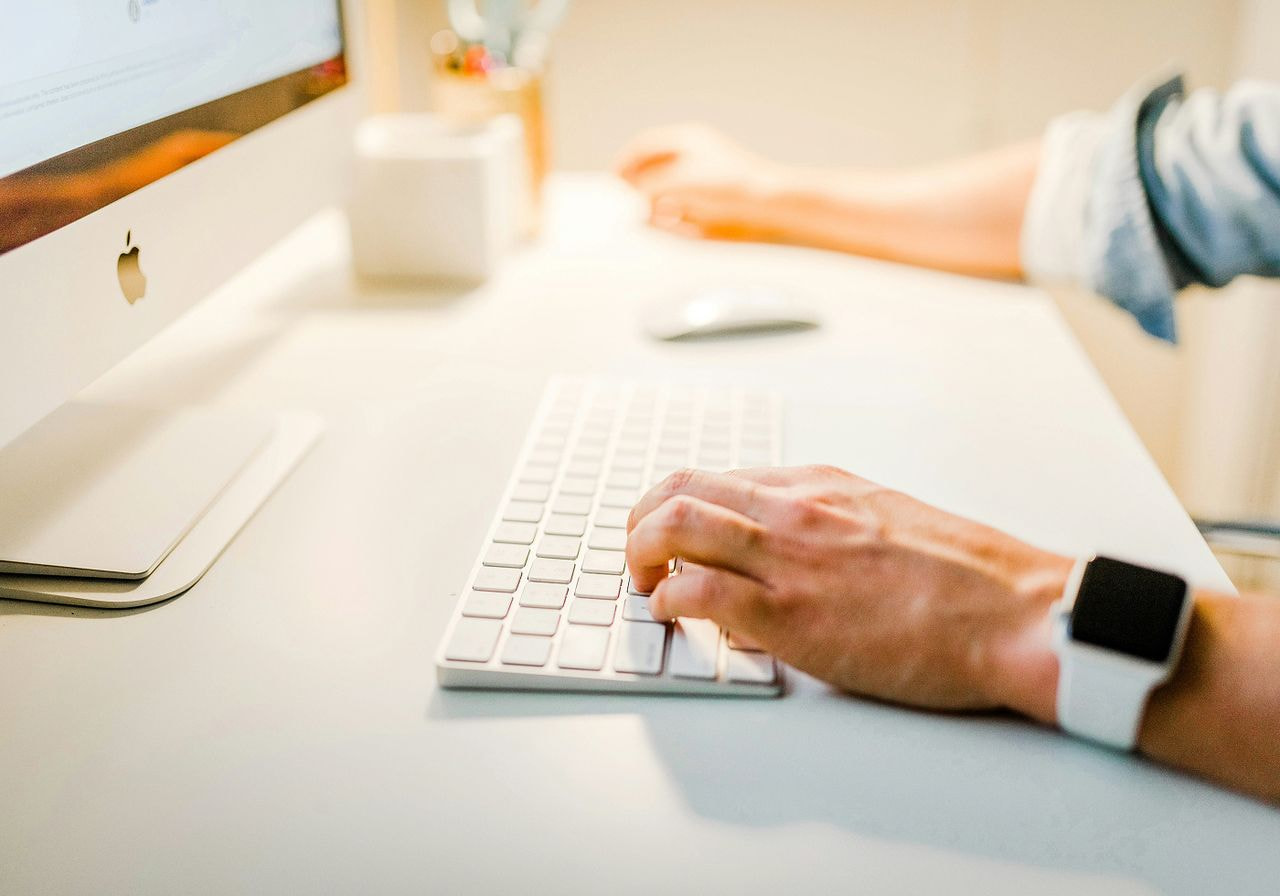
Modifiers give you creative control by refining style, resolution, and output format. They also tailor results for platforms like Etsy, Redbubble, or Printful.
Use modifiers that match your art form, whether you’re aiming for digital art, abstract painting, or minimalist designs.
Try:
-
Resolution: high detail, 8K, ultra-HD
-
Rendering engines: Unreal Engine, OctaneRender
-
Keywords: minimalist, hyper-realistic, vintage poster style, flat design, vector graphic
-
Platform cues: trending on ArtStation, Pixiv style, Behance concept art
Example prompt: “Geometric wolf head, digital art, white background, vector style, clean lines, symmetrical design.”
Use modifiers to align your output with specific commercial or creative goals.


4 Simple steps for prompt engineering
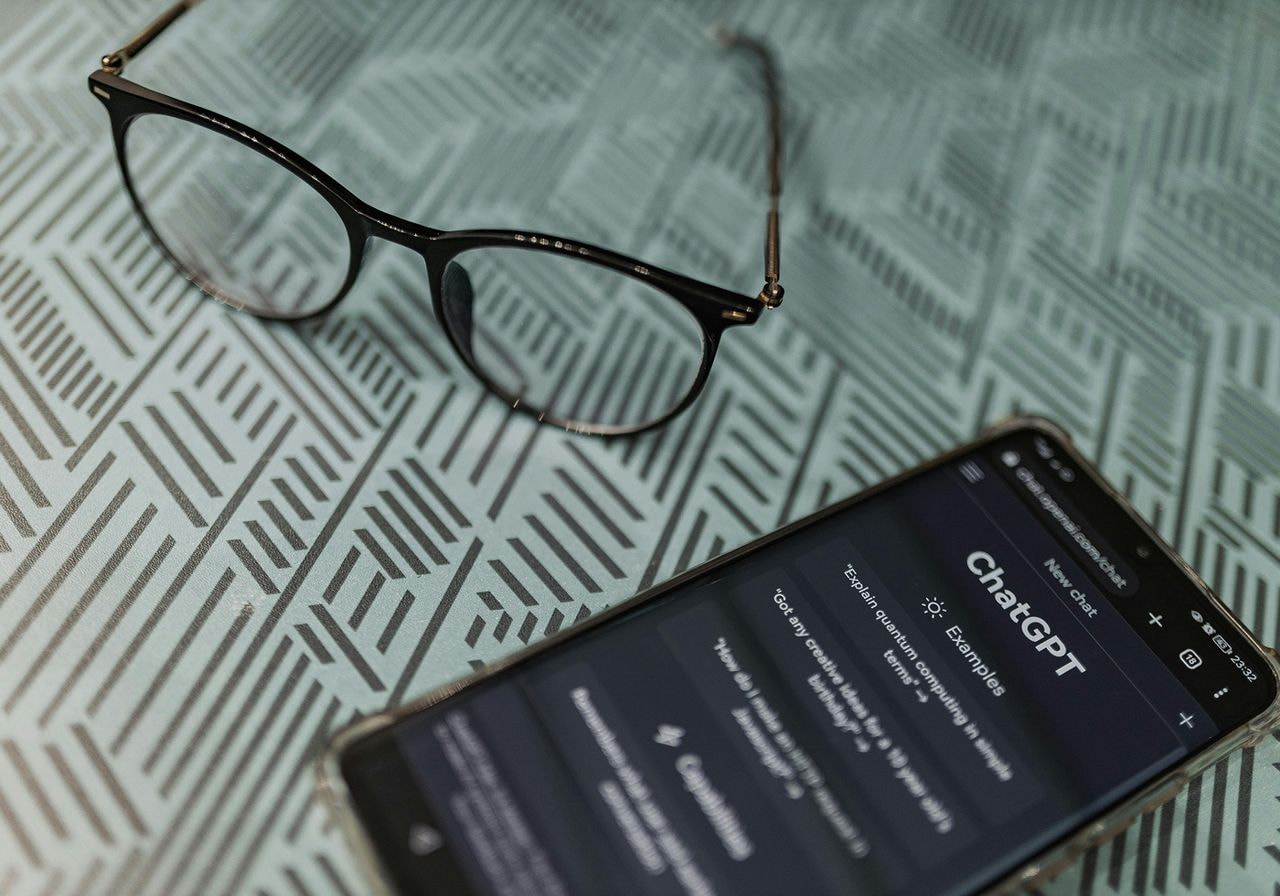
AI only generates what you tell it: no more, no less. Before writing a text prompt, decide where your visual art will live and what type of image composition works best.
-
T-shirts: Use bold shapes and high contrast for visibility on fabric.
-
Digital ads: Keep it clean with bright colors and minimal detail for small screens.
-
Posters: Add intricate detail and sharp textures because viewers will see them up close.
Let’s break down what to include and how to phrase an effective AI art prompt.
1. Use at least 6 descriptive, visual keywords
The more specific your language, the faster you get the desired results.
Include at least 6 descriptive keywords that cover:
-
Main subject
-
Particular artistic style
-
Mood or emotion
-
Colors and lighting
-
Composition or framing
-
Output format or platform context
The mix will create effective prompts that any AI model can interpret.
Example: “Glowing jellyfish, dark ocean, bioluminescent, fantasy art, high detail, blue tones”
2. Include few-shot examples
Few-shot prompting is when you use a few example AI prompts before your main one, so the AI understands the style, tone, and layout you want. It’s a quick way to “teach” the AI without retraining it.
Few-shot prompting is useful when you want consistency in AI image generation, like for a product line, branding series, or themed collection.
Why it matters:
Without examples, the AI might interpret each prompt in wildly different ways. With examples, you steer it to follow a visual pattern, like keeping the same illustration style, color tone, or format across all outputs.
Example setup:
-
Cartoon cat eating ramen, bold line art, flat colors
-
Heroic dog flying through the sky, same style and palette
-
New prompt: robot cooking pancakes in a retro kitchen (will match the style above)
3. Refine your prompt iteratively
Your first prompt is rarely the winner. Iteration is a fundamental part of the creative process.
This is where you fine-tune abstract ideas into desired results. Improve your output by:
-
Replacing vague words with specific ones
-
Testing different moods or angles
-
Adding or removing style references
-
Using negative prompts to exclude things: “no text,” “no watermark,” or “no background clutter”
Example:
-
First try: “A wizard in a forest”
-
Refined: “An old wizard in a glowing forest, holding a staff, cinematic lighting, no text, photorealistic”
This is especially useful when aiming for print-ready, realistic images or client-facing visuals.
4. Use persona-based prompting
Persona-based prompting is when you tell the AI to think like a specific kind of artist. This adds direction to your tone and prompt writing.
Start your AI art prompt with:
-
As a comic book illustrator . . .
-
As a fantasy poster designer . . .
-
As a watercolor artist . . .
This steers the AI art generators toward genre, medium, and tone.
Example:
“As a medieval manuscript illustrator, draw a knight riding a unicorn through a glowing valley, in ink and gold leaf style.”
It’s a quick way to shift artistic voice, handy for branding or storytelling.
10 AI prompt examples for generating art
These AI art prompt examples show how to structure detailed, creative instructions for image generation. Use them to explore styles, test designs, develop specific elements, or create product visuals with consistent quality across platforms like Midjourney or DALL·E.
-
A vaporwave palm tree at sunset, neon pinks and purples, minimalist vector art
-
A retro robot walking a dog, 1950s comic style, halftone texture, pastel background
-
A surreal landscape with floating islands, waterfalls, and glowing crystals, a cinematic wide shot
-
A vintage travel poster for Mars, bold colors, retro typography, mid-century design
-
A cozy bookshop with warm lighting, top-down view, and watercolor style
-
A fantasy castle in the clouds, dramatic lighting, concept art style
-
A high-detail wolf head logo, symmetrical design, flat vector, black and white
-
A futuristic streetwear model, cyberpunk aesthetic, moody lighting, full body portrait
-
A kawaii-style sushi roll character waving, with pastel colors, a clean background
-
A dark forest with bioluminescent trees and glowing mushrooms, ambient backlight
Troubleshooting your AI art prompts (5 common problems)
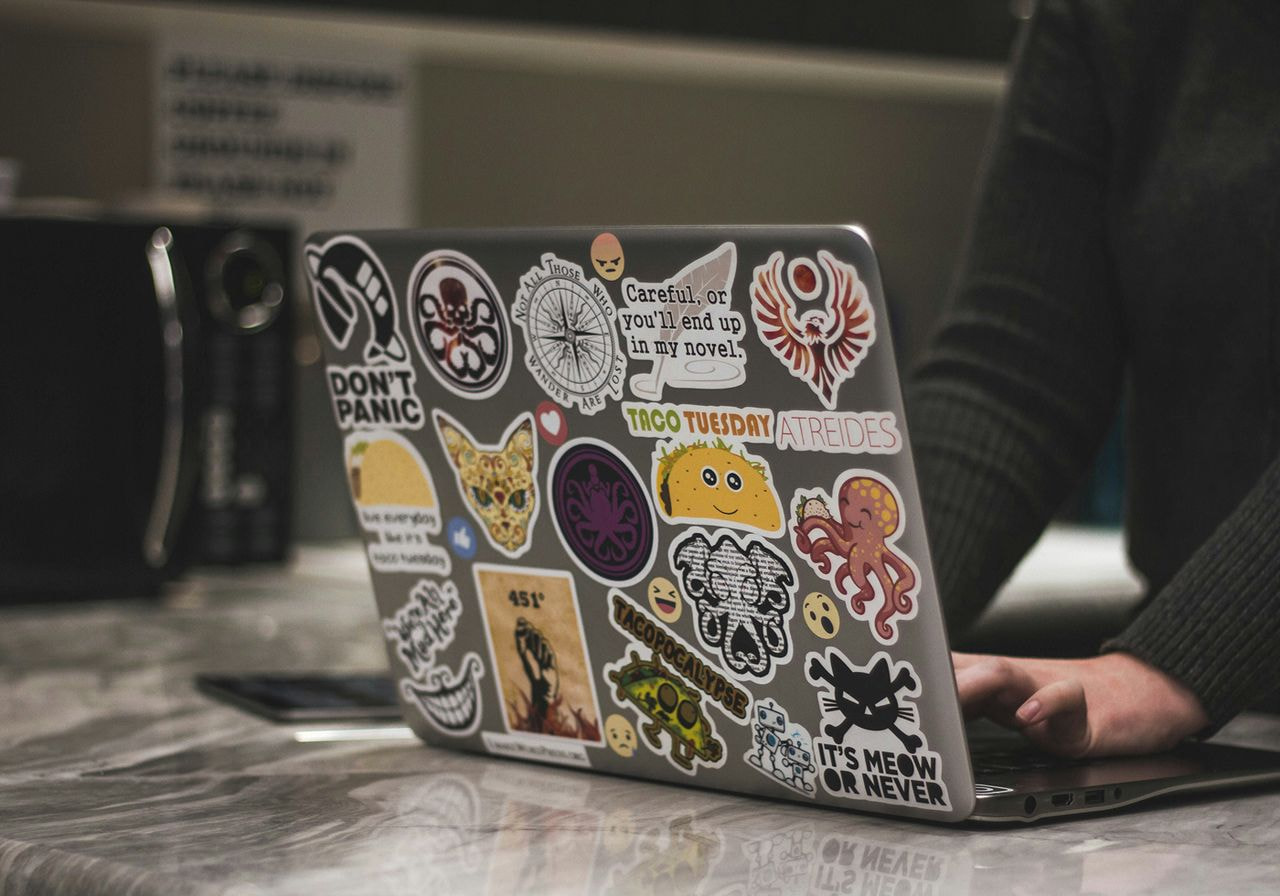
Even well-written art prompts can produce unwanted results. If the images generated look wrong, here’s how to fix them.
-
Blurry or low image quality
Add: “high detail,” “sharp focus,” “8K resolution.”
If available, use an AI tool like Topaz Gigapixel AI to improve the final image. -
Distorted proportions or anatomy
Use: “realistic proportions,” “anatomically correct”, or specify camera angle (e.g., “portrait shot, 50 mm lens”). -
Unwanted color tones or clashes
Add: “warm color palette,” “pastel tones,” “grayscale.”
Use negative prompts like “no red,” “no neon” to refine further. -
Busy or distracting backgrounds
Add: “plain white background,” “minimal background,” “isolated subject.”
Especially helpful to create images or mockups for products. -
Inconsistent style between art prompts
Use few-shot prompting or keep the AI art prompt structure consistent – maintain the same subject tone, art style, lighting, and modifiers in each prompt.
Top 5 AI image tools: Pricing and prompting tips
If you want the best results from Midjourney, DALL·E, Stable Diffusion, NightCafe, and Artbreeder, use their unique strengths, pricing models, and licensing rules.
Here’s a quick guide to the 5 most popular tools to get you accurate results without wasting time or credits.
|
AI model |
Prompting tips |
Pricing |
|
Use “--v” to set the style version and “--ar” for aspect ratio. Complex, descriptive prompts produce the most consistent results. |
From $10/month |
|
|
DALL·E (OpenAI) |
Works best with short, clear sentences and strong style cues (e.g., “oil painting of [..]”). Excellent for inpainting and edits. |
Price depends on image size, quality, and DALL·E model, starting at $0.016 per image |
|
Name the model in your prompt (e.g., Realistic Vision) for a specific look. Use negative prompts to remove unwanted elements. |
From $27/month |
|
|
Combine “style” and “modifier” fields for greater control. Free daily credits make it ideal for testing prompt variations. |
$5.99 for 100 credits |
|
|
Adjust sliders to mix styles and “genes.” Best for portraits and landscapes; upload base images for likeness accuracy. |
$8.99 for 100 credits |
Testing art prompts with DALL·E
You’ve got the theory – now test it in DALL·E. Put the formula into practice using this baseline prompt:
A ginger cat stargazing on a rooftop, dreamy surrealist style, deep blues and silvers, moonlit glow, wide panoramic view, contemplative and magical mood.
Step 1: Generate the baseline
Run the prompt exactly as written in DALL·E. Save the result to compare changes later.
Step 2: Adjust one element at a time
Let’s make the following changes:
-
Style change
-
Lighting tweak
-
Composition test
First, the style change. Let’s swap “dreamy surrealist” for “watercolor illustration” to see how the medium shifts the mood.
Next, we’ll change “moonlit glow” to “neon city lights” for a bolder palette.
Finally, to focus on detail, we’ll try “close-up portrait” instead of “wide panoramic view.”
Step 3: Add or remove modifiers
Test the impact of modifiers on AI art. Here’s what we’ll do:
-
Add: “8K Resolution, high detail” for sharper output.
-
Remove: Use negative prompts like “no background clutter” to simplify the design.
Adding “8K resolution, high detail” produced this:
And adding a negative AI art prompt “no background clutter,” produced this:
Step 4: Compare and choose
Compare your variations side by side. Which matches your goal, artistic flair, or product?
Step 5: Refine for purpose
Adjust for the platform you’ll use it on:
-
Merch: “plain white background” for print clarity
-
Social media: “square 1:1” for better feed display
Can you sell AI art? What to check before using it commercially
Not all AI-generated art is free to sell. If you plan to use your images for merch, branding, or commercial products, check the AI art generator’s licensing.
Why this matters:
-
Some tools block commercial use for free users
-
Some require credit
-
Others claim shared rights to images generated
What to check:
-
Does the AI tool allow commercial use?
Check the “Terms of Use” or “Commercial Use” section of the website. -
Do you own the final image?
Some tools allow full ownership; others don’t. -
Is attribution required?
You may need to credit the platform when using the art in public or commercial spaces.
|
AI tool |
Can you sell the art? |
What you need to know |
|
Midjourney |
Yes (paid plans only) |
Free users can’t sell images and must give credit. |
|
DALL·E (OpenAI) |
Yes |
You own the images you create – no credit needed. |
|
Stable Diffusion |
Yes |
You can use it freely, but check the rules of your app or site. |
|
NightCafe |
Yes |
You can sell your art without giving credit. |
|
Artbreeder |
Sometimes |
Rules depend on the image source. Some content may have limits. |
Note: Laws around AI-generated art vary by country, so always check your local regulations before selling. If you’re selling AI art on Printful products, ensure it follows our rules too – check our Acceptable Content Guidelines to confirm your design is good to go.
Wrap-up: Create your own AI art
Writing great art prompts means giving clear and detailed instructions. When you learn how to talk to AI art tools, you’ll design faster, test more ideas, and easily create the desired image.
Pair these skills with Print on Demand and turn AI-generated designs into sellable products, from t-shirts and mugs to posters and phone cases, opening up new ways to earn money from your creativity.
Read next:
FAQs
You have to make a detailed prompt: describe the character’s appearance, role, and emotion, then place them in a setting. More detailed prompts generate better results.
Example:
“A young wizard with silver hair, casting a spell in a glowing forest, anime style, soft lighting.”
Be specific with traits, art style, and mood.
Art prompts that work well are visual, specific, and styled. For example:
-
A neon-lit alley in a futuristic city, cyberpunk style, wide shot
-
A surreal underwater castle with jellyfish lanterns, a glowing blue palette
-
A retro travel poster of Mars, 1950s aesthetic, bold colors
Use at least 6 descriptive elements per prompt for best results.
AI art generators turn words into images using a type of AI called diffusion models. When you type a prompt like “a castle in the clouds,” the AI reads your words, finds matching visuals in its training, and builds an image from random noise.
Most tools follow three basic steps:
-
Understand the prompt
-
Match it with visual patterns
-
Draw the image based on your description
Each tool (like DALL·E or Midjourney) may work a little differently, but all depend on clear, detailed prompts to create precise results.
The best AI art prompt is clear, specific, and visual. It includes at least 6 key elements:
-
Subject – e.g., “a fox in a forest”
-
Style or art movement – e.g., “in the style of Cubism” or “vaporwave aesthetic”
-
Color scheme – e.g., “muted earth tones,” “neon pink and blue”
-
Lighting – e.g., “soft backlight,” “golden hour,” “moody studio lighting”
-
Composition – e.g., “top-down view,” “close-up portrait,” “cinematic wide shot”
-
Emotion or mood – e.g., “calm and nostalgic,” “intense and dramatic”
Learning how to write AI image prompts will give you more accurate and visually appealing results.
There are 5 top art generators to create images:
-
Midjourney excels at detailed, artistic visuals
-
DALL·E is best for edits and inpainting
-
Stable Diffusion offers flexibility with custom models
-
NightCafe is ideal for casual use with free credits
-
Artbreeder specializes in portraits and landscapes through style blending



Karlina is an SEO Content Writer specialist at Printful. As a firm believer in attitude over aptitude, Karlina gives her 100% whenever she works on something new. Karlina spends her free time reading, traveling, and doing yoga.





